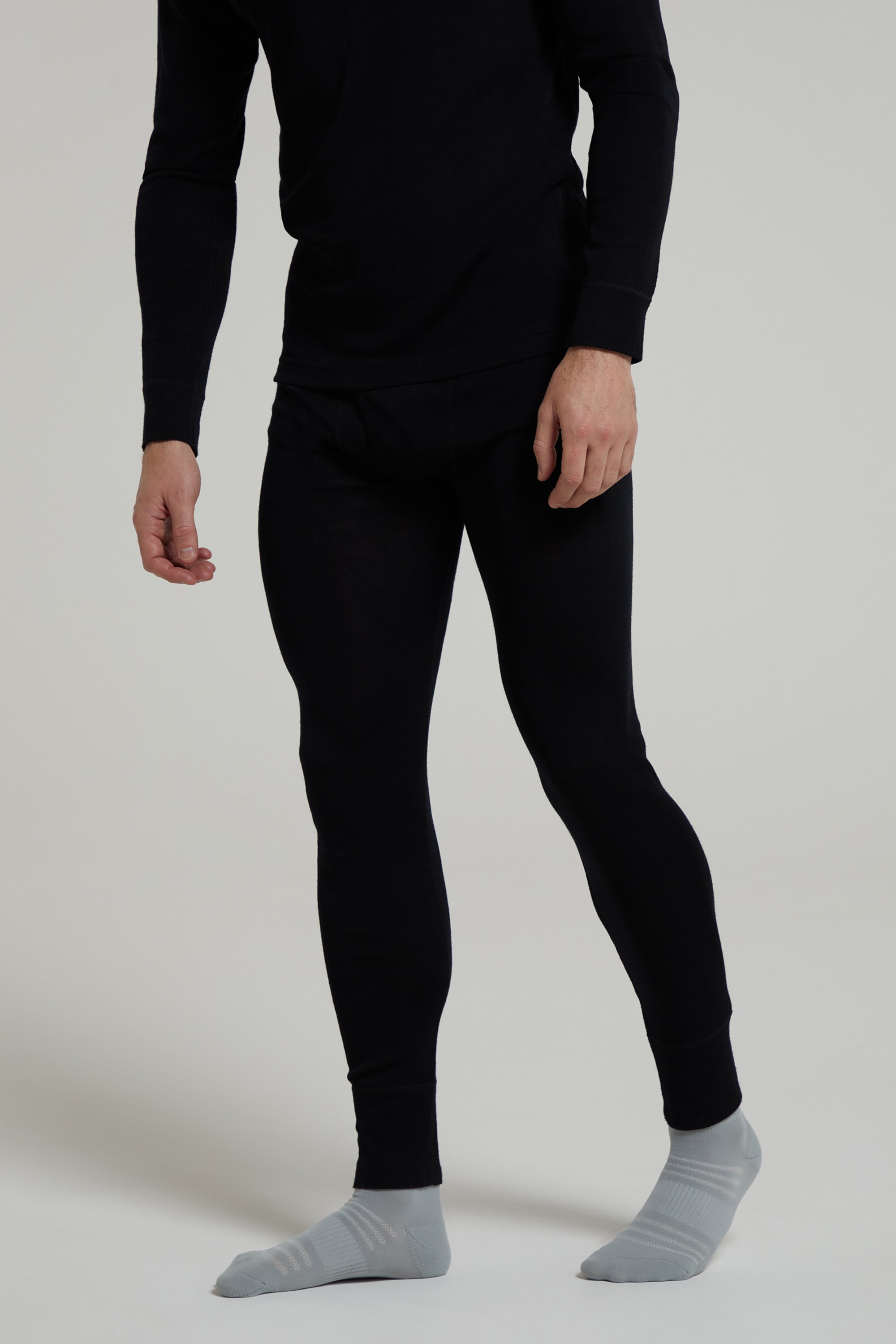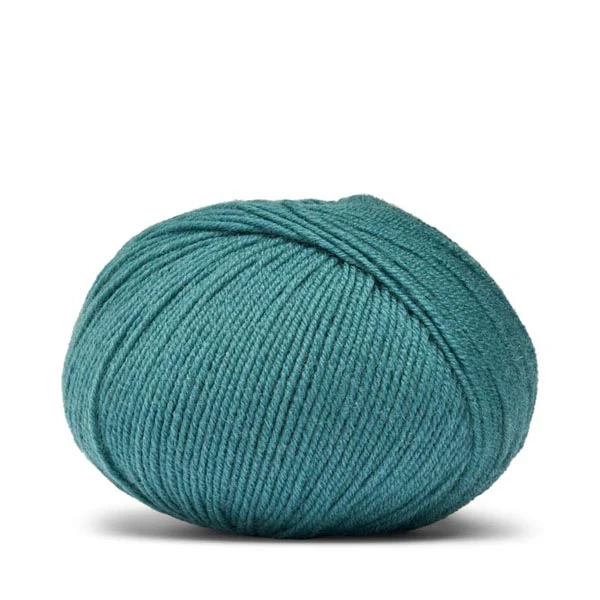Great Merino Wool Base Layer Website
Wiki Article
Why Are Yak Merino Wool Base Layers So Beneficial For Winter Sport Clothing With Regards To The Natural Fiber Benefits And Environmental Sustainability?
Sustainable and renewable, Yak Merino wool base layer is extremely efficient as a winter sportswear not just due to its performance very well but also due to its fiber's natural benefits.
Both wool from yak and merino are natural fibers made from animals (yak and merino sheep respectively). Renewable resources can be harvested sustainably, without causing harm to animals. The fibers are biodegradable and are not harmful to the environment.
Low Environmental Impact
Natural fibers have generally lower impact on the environment than synthetic materials. Wool is made with less chemicals than synthetic fibers, and requires less energy that is not renewable.
Energy Efficiency
Wool fibers require less energy than synthetic fibers such as polyester or nylon. The process of making natural wool consumes less energy and reduces carbon emission.
Microplastic pollution is reduced
Natural wool fibers are not accountable for microplastic contamination of water bodies in contrast to synthetic fibers which shed microplastics upon washing.
Recyclability and longevity
Yak Merino Wool garments tend to last for a long time and are durable. lasting, which increases their lifespan. Wool fibers are also recyclable or reused to decrease waste and impact on the environmental impact.
Sustainable Practices
Certain wool producers follow ethical and sustainable practices. This includes ensuring animal welfare and responsible management of the land. It also ensures the fairness of labor and working conditions for workers involved in production.
Environmental Certification-
To assure consumers of the sustainability of wool production is a certification such as the Responsible Textile Standard (GOTS), or the Global Organic Textile Standard.
The yak merino base layers are eco-friendly since they are made of natural and renewable sources, and incorporate ethical and sustainable practices throughout their supply chain. Utilizing natural fibers in winter sports clothes like yak and Merino is an opportunity to encourage environmentally sustainable consumption. Check out the top rated merino wool base layer info for site info including heavyweight merino wool base layer, best thermal underwear for skiing, wool undershirts, smartwool base layer womens, smartwool base layer womens, smartwool merino 250 bottoms, ski underwear, icebreaker merino wool base layer, hh lifa merino, wool thermal base layer and more.

What Are Some Of The Benefits That Bamboo Clothing Provides In Terms Of Thermal Regulation As Well As Uv Protection?
Thermal Regulation: Bamboo clothing is a great choice for thermal regulation. It also offers UV protection and biodegradability.
Insulation- Bamboo fabric offers warmth in winter, while being cool and breathable. It helps regulate body temperature by keeping warm temperatures in cooler temperatures as well as allowing ventilation during physical activity to stop overheating.
UV Protection
UV Resistance- Bamboo materials provide natural protection from harmful UV rays. It is able to block a large portion of the sun's ultraviolet radiations, thereby providing an extra layer of defense against sun exposure when worn outdoors.
Biodegradability-
The bamboo clothes are environmentally friendly. They can be biodegradable. They break naturally and do not harm the environment. This decreases the amount of waste and also the negative environmental impact of clothing that is to be discarded.
Environmental Impact-
SustainabilityBamboo as a primary material is extremely ecologically sustainable. It grows fast and abundantly without the need for pesticides, chemical fertilizers or other chemical. The impact on the environment is reduced. Rapid growth makes it a sustainable resource.
Bamboo requires a smaller amount of water when compared with other crops such as cotton. This makes it a more efficient use of water. This helps in conservation efforts and reduces the demand on the water resource.
Soil Conservation
Soil health - Bamboo cultivation does not remove soil nutrients, and it doesn't require massive irrigation. This contributes to healthier soil conditions and lessens the need for harmful farming practices.
Carbon Sequestration
Bamboo's carbon absorption capacity is impressive. Bamboo has the capacity to absorb CO2 and release it more efficiently than other plants. This attribute helps reduce carbon emissions as well as combat climate change.
Bamboo clothing's thermal control, UV protection, biodegradability, and positive environmental impact make it an appealing to people who are looking for sustainable and practical clothing choices. These qualities match up with green practices, which benefit both the wearer as as the environment. See the recommended inquiry for website advice including bamboo material clothing, bamboo cay shirts, bamboo ladies pants, childrens bamboo socks, bamboo shorts womens, freefly summer hoodies, freefly summer hoodies, bamboo womens shirts, bamboo leggings, bamboo activewear and more.
How Do Bamboo And Merino Clothing Compare To Wool With Regard To Texture, Warmth And Absorption?
In comparison, merino wool is compared to traditional wool and bamboo clothing in terms texture, warmth, moisture absorption, and texture.
Merino Wool Merino Wool's fine and soft fibers makes it softer and smoother than wool. It is thought to be more comfortable.
Bamboo Clothing Bamboo fabric is soft and silky. It's often compared with luxurious materials such as silk or Cashmere. It is soft and smooth, making it comfortable to wear.
Traditional Wool – Traditional wool has various textures. Some are more coarse than others, causing itching, discomfort or irritation compared to clothing made from wool.
Warmth-
Merino Wool Merino is an excellent wool for warmth because of its insulation properties. It retains heat when damp, and is effective in insulating colder climates.
Bamboo Clothing- Bamboo clothing also can be warm, but it might not offer the same degree of insulation as the merino wool. It's a fantastic temperature regulator, which makes it comfortable in any weather.
Traditional Wool: Similar to merino, merino provides warmth, insulation, and comfort. It can, however, appear heavier or bulkier when compared to merino or bamboo clothing.
Moisture Absorption-
Merino Wool Merino Wool is an organic fiber that has remarkable moisture-wicking capabilities. It draws moisture from the skin and lets it evaporate. It remains warm even when wet.
Bamboo Fabric Bamboo is known for its the ability to wick moisture away, which means it can draw out moisture and provide comfort during physical activity. It regulates humidity well and keeps the wearer drier.
Wool - Wool is a natural fiber that has the ability to take in moisture, but it may not possess the same moisture-wicking properties like bamboo or merino. Wool is damp and heavy in wet conditions.
In short, merino wool is renowned for its warmth, softness, and efficient moisture-wicking properties. Bamboo clothing features a silky texture and is warm and has good moisture regulation. Traditional wool is diverse in texture and may offer warmth and moisture absorption but might feel heavier or coarser compared to bamboo or merino clothes. Each type of material has distinctive features that are crafted to suit different needs and preferences. Follow the most popular such a good point for merino wool base layer for website examples including merino wool base layer mens, smartwool 250 base layer, omniwool base layer, paradox merino blend, skiing base layers, first lite merino wool base layer, smartwool 250 women's, smartwool men's classic thermal merino base layer crew, lightweight merino wool base layer, merino wool thermals and more.

